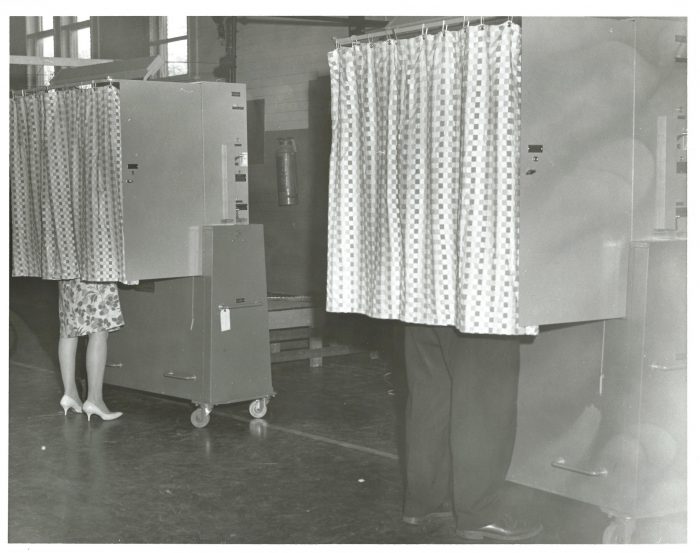
Clinton vs. Trump (vs. Johnson vs. Stein vs. McMullin?!?!?!?!?!?!) is just one decision voters need to make next Tuesday on Election Day. Down-ballot races and statewide referenda are also critical to daily life in local communities, and local news outlets can be a critical source of information for voters. Are the people who are close followers of local news also more civically engaged members of their communities?
Those who always vote in their local elections and those who are very attached to their local communities often have a strong affinity for local news, according to a report on civic engagement and local news habits released Thursday by the Pew Research Center along with the Knight Foundation (disclosure: Knight is a supporter of Nieman Lab). These two characteristics are most strongly associated with strong local news habits — from interest in local news to number of sources followed and attitudes towards local news. The Pew data, however, doesn’t indicate whether closely following local news actually drives more civic engagement, or vice versa — just that these traits are linked (womp womp).

59 percent of U.S. adults who feel highly attached to their local communities also follow local news closely (more than twice the share of those who don’t feel similarly attached). 44 percent follow news “regularly” from three or more different local sources (17 percent do among the unattached), and 35 percent say their local outlets do a good job of keeping the public informed (only 13 percent of unattached think the same).
People highly attached to their communities are much more likely than those less attached to closely follow locally relevant news topics like crime, government, and politics. (The outlier topic, which both groups followed equally? Sports.)
Those who know all their neighbors — another indicator of one’s attachment to a local community — are associated with strong local news habits: 71 percent of those neighbor-knowers say local media outlets are in touch with their communities (vs. 49 percent for those who don’t know all their neighbors).
Always voting in local elections, too, is linked to strong local news habits: 52 percent of those who always vote follow local news closely (31 percent for those who don’t always vote). Regularly voting in just national is not linked to stronger enthusiasm for local news.
These two groups of people (the always voters and the very attached) also overlap a bit: 32 percent of regular voters say they’re highly attached to their communities, and 45 percent of those highly attached are regular voters. Other attributes Pew looked at, such as living in more politically diverse communities or actively participating in civic groups and political activities, were not quite so strongly connected to avid local news consumption.
The survey was conducted between January and February of this year, with 4,654 U.S. adults ages 18 and older. You can read the full report here.